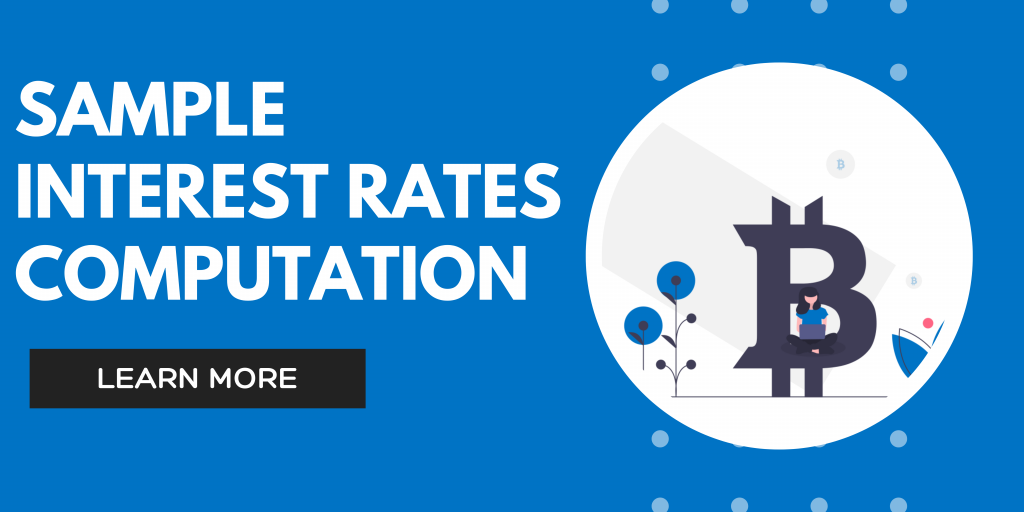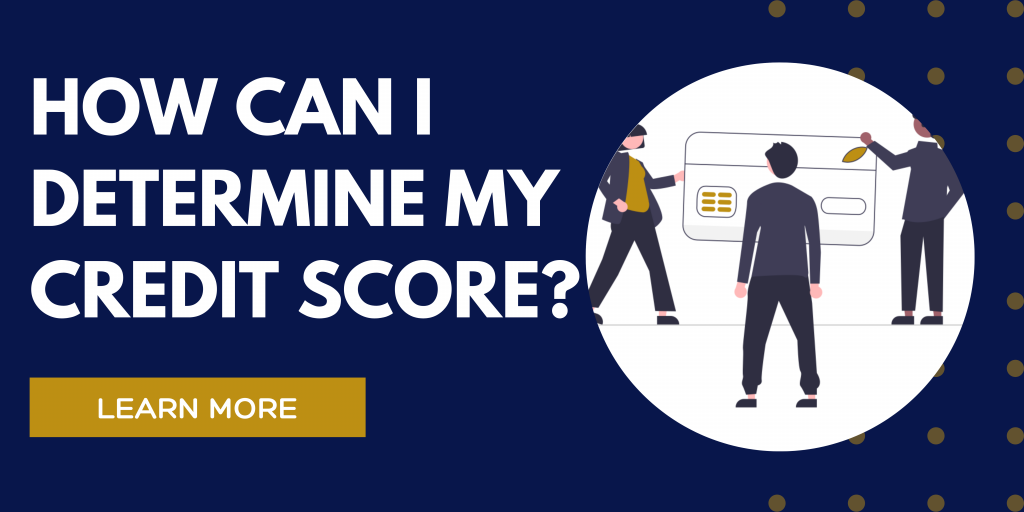Many homeowners would love to make some upgrades, but financing can be a big obstacle. That’s why we’re here to help.
In this blog post, we’ll discuss six common types of home improvement loans that may be available to you. With one of these options, you can finally start those projects you’ve been dreaming about.
Home Improvement Loans – What You Need to Know
Home improvement loans can be a significant upgrade to your property. However, there are some essential things that you need to know before applying for one.
Firstly, ensure that you are certain about the purpose of the loan, as home improvement loans typically have higher interest rates than other kinds of loans. Additionally, shop around for various offers from different lenders to get the best possible deal.
Also, determine precisely how much money you need and your repayment options; this will help reduce financial worry. Finally, research the reputation of any lender before deciding to borrow from them – it pays off to be informed!
The Different Types of Home Improvement Loans Available
Unsecured Home Improvement Loan
An unsecured home improvement loan doesn’t require any collateral and typically has higher interest rates than a secured loan. Please only have home equity lines to use as collateral, but they can be much more difficult to approve.
Secured Home Improvement Loan
A secured home improvement loan requires collateral, which could be anything from a car to your house. This type of loan generally has lower interest rates than an unsecured one, but you are putting your property at risk if you default on the loan.
Government-Backed Loans
These loans are backed by the government and can be an excellent option for those who cannot get approved for traditional loans. They often have more relaxed eligibility requirements, but you should check whether your credit history is good enough.
Home Equity Loan
A home equity line of loan allows you to borrow money against your home’s equity value. If you own your home and have built up equity, taking out a home equity loan is a great way to access funds. The interest rates for this type of loan are usually lower than other loans.
Unlike home equity loans, The interest rates on home equity lines of credit are variable, which means they can go up or down depending on the market. Also, remember that you’re often required to pay upfront closing costs for a loan like this.
Personal Home Improvement Loan
A personal loan, which can be used for improvement around the house or medical bills, often has a higher interest rate than secured loans. However, they may also be simpler to qualify for.
Refinancing
Refinancing allows you to take out a new loan that pays off your existing one, allowing you to borrow more money at better rates and terms than your current loan. It can be an excellent option if you have good credit and need extra cash for home improvements.
These are some of the most common home improvement loans available to you. However, there are other options, so do your research and find the one that best suits your needs.
How To Qualify For A Home Improvement Loan
Qualifying for a home improvement loan can be a daunting task. Yet, with careful preparation and understanding of the process, you can successfully navigate your way to financial success.
You will need a decent credit score, collect all essential paperwork to show the lender you can afford the loan, and submit it to a reliable source if you apply online. A trustworthy lender will provide clear information about interest rates and other loan details upfront so you know exactly what to expect every step of the way.
Home improvement loans help make changes to increase the value of your property, while payments help build up your minimum credit score. With some research and preparation, you’ll be well on your way to successfully achieving one!
The Pros And Cons Of Taking Out A Home Improvement Loan
Home improvement loans can be a great way to finance extensive home renovations, but it’s essential to carefully weigh the benefits and drawbacks before taking out such a loan. On the plus side, they provide access to large sums of money that would otherwise be difficult to get, usually at attractive rates.
The downside is that rates might change over time, resulting in higher payments. So make sure you’ve researched and are comfortable with the interest rate before committing to a loan.
Another thing to consider is how long you will need for repayment; shorter-term loans will have higher monthly payments, resulting in less interest paid overall. But ultimately, with careful consideration, it can be an effective tool for completing large-scale home improvements.
How To Get The Best Deal On A Home Improvement Loan
Securing the best deal on a home improvement loan doesn’t have to be a tedious process. Instead, you can simplify the process and maximize your savings with the right approach.
Most lenders will offer competitive rates if you shop around, so research before settling on a loan. It’s also beneficial to compare loans with different repayment terms since this could determine how much of an interest payment you’ll make in the long run.
Remember to look at other lender incentives like fewer origination fees and construction services. Finally, seeking out mortgage refinancing can provide additional savings when it comes time to repay your loan.
With effort and knowledge, you can soon enjoy improved comfort and value from the renovations.
Alternatives to Home Improvement Loans
Renovating your home can be affordable if you look for alternatives to home improvement loans. Consider using a credit card if the work is small and you can pay it off quickly, or ask friends or family to lend you the money if possible.
If you’re looking for savings, another approach could be to do the work yourself by researching projects online and picking up supplies in bulk from bulk stores like Costco. You might also check with local handyperson services or merchants to gauge what special discounts they can provide since they may already have the tools and equipment necessary to complete the job.
Ultimately, there are various ways to finance a home improvement project without taking out a loan, so explore your options before making any decisions!
Generally
Home improvement loans can provide an excellent way to finance costly renovations and increase the value of your home. However, it’s essential to consider the pros and cons before taking such a loan.
You can get the best deal and maximize your savings by researching different online lenders, comparing rates and loan amount terms, and exploring alternatives such as refinancing or DIY work. With the right approach, you’ll soon be enjoying the rewards of a fully renovated home!
FAQs
Is cash-out refinance available in home improvement loans?
Yes, cash-out refinancing is available with home improvement loans. It allows you to access a portion of the equity in your home to finance renovations and repairs.
Does an unsecured personal loan cover home improvement?
Yes, unsecured personal loans can cover home improvement projects. This loan is typically offered with low-interest rates and flexible repayment terms.
What is the importance of equity line of credit in home improvement loans?
Equity lines of credit are essential for home improvement loans since they can provide access to large sums of money at attractive interest rates. This loan is also easier to qualify for, depending on your credit score and income.





